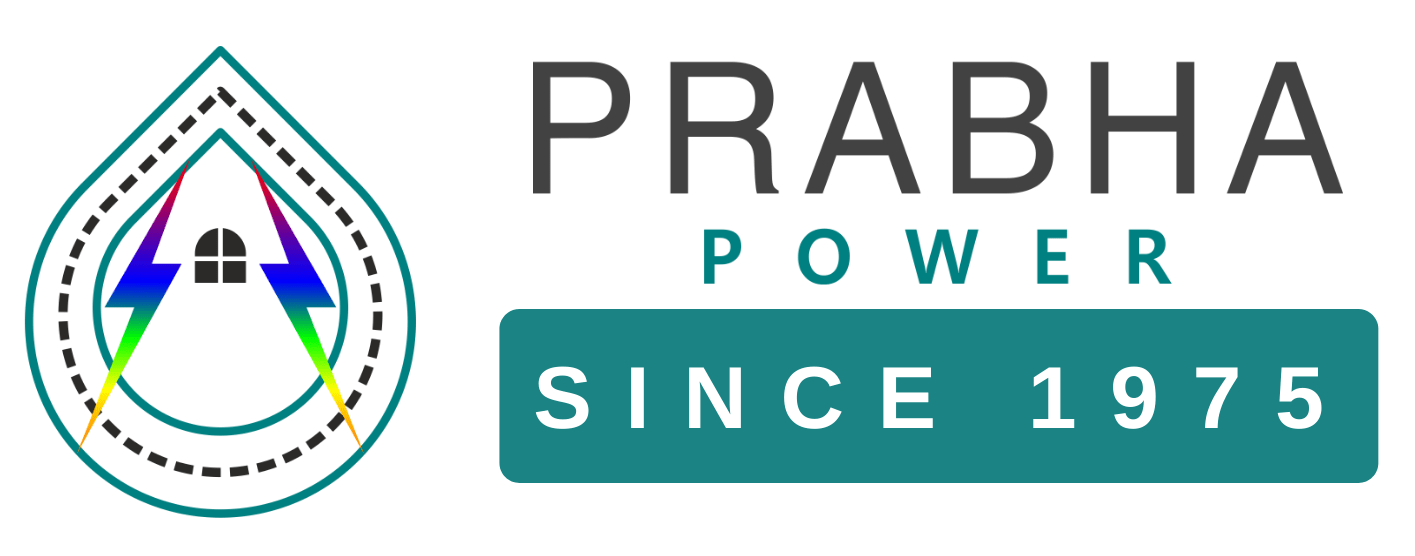Transmission lines are the backbone of power supply systems, responsible for transferring bulk electricity at high voltages over long distances. Here’s an overview of their key characteristics, applications, and importance:
Overhead transmission lines consist of conductors supported by towers or poles. They are commonly used for long-distance power transmission due to their efficiency and relatively low construction cost. These lines can transmit power over hundreds of kilometres, connecting power plants, substations, and load centres.
Underground transmission lines involve the use of insulated cables buried beneath the ground. They are primarily utilized in urban areas or environmentally sensitive regions where overhead lines may not be feasible. Underground lines offer advantages such as reduced visual impact, improved reliability, and lower electromagnetic interference. However, they are more expensive to install and maintain.
Distribution lines are responsible for delivering electricity from substations to individual homes, businesses, and industries. Let’s explore their main characteristics, applications, and significance:
Radial distribution lines have a simple tree-like structure where power flows from a substation to consumers in a single direction. They are commonly used in rural areas or areas with lower electricity demand. While these lines are cost-effective and easy to maintain, they can be susceptible to power outages if a fault occurs.
RMUs and loop systems form a closed circuit, enabling power to flow in multiple directions. This configuration enhances reliability, as it allows alternative paths for power to reach consumers in case of a fault. Ring distribution networks are commonly employed in urban and industrial areas, ensuring a stable power supply for critical infrastructure.
In recent years, advancements in technology have transformed T&D line projects, improving efficiency, reliability, and safety. Here are some notable features and technologies:
Smart grid technologies enable real-time monitoring, control, and automation of T&D systems. By integrating advanced sensors, communication systems, and data analytics, smart grids optimize power flow, detect faults, and facilitate demand response programs. They enhance grid resilience, reduce outage durations, and enable efficient integration of renewable energy sources.
HVDC transmission is an efficient method of transmitting power over long distances with minimal losses. By converting AC to DC at the sending end and reconverting it back to AC at the receiving end, HVDC systems can transmit large amounts of power over submarine cables or interconnect grids with different frequencies.
Transmission and distribution line projects are vital for ensuring a reliable and sustainable supply of electricity. Their significance can be summarized as follows:
T&D projects bridge the gap between power generation and end-users, ensuring that electricity reaches even the most remote areas. This fosters economic development, improves the quality of life, and enables the growth of businesses and industries.
By establishing robust transmission and distribution networks, these projects enhance grid reliability and stability. They help prevent blackouts, reduce downtime, and ensure a stable power supply for critical infrastructure. Transmission and distribution line projects are essential for maintaining a resilient grid.
